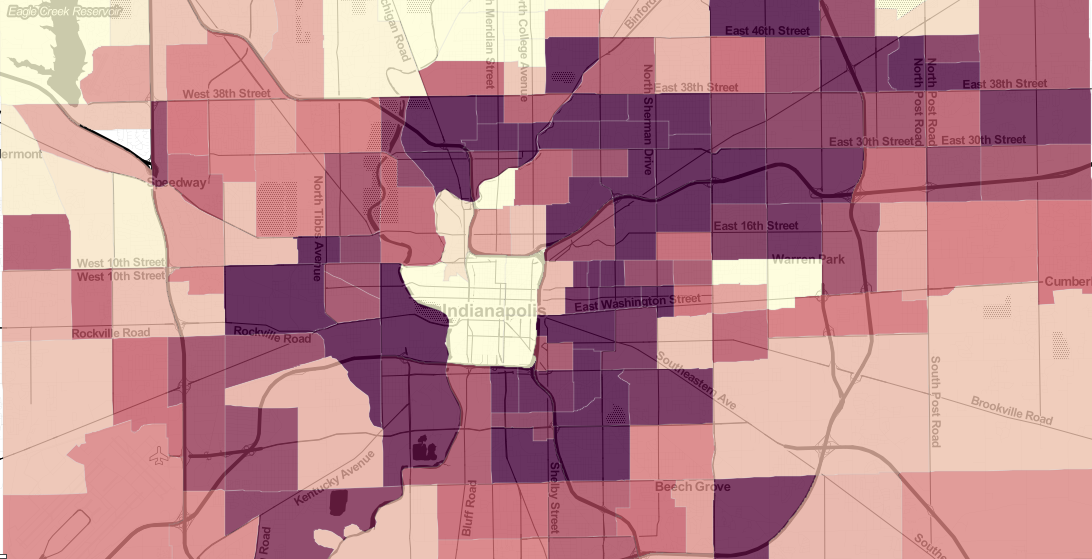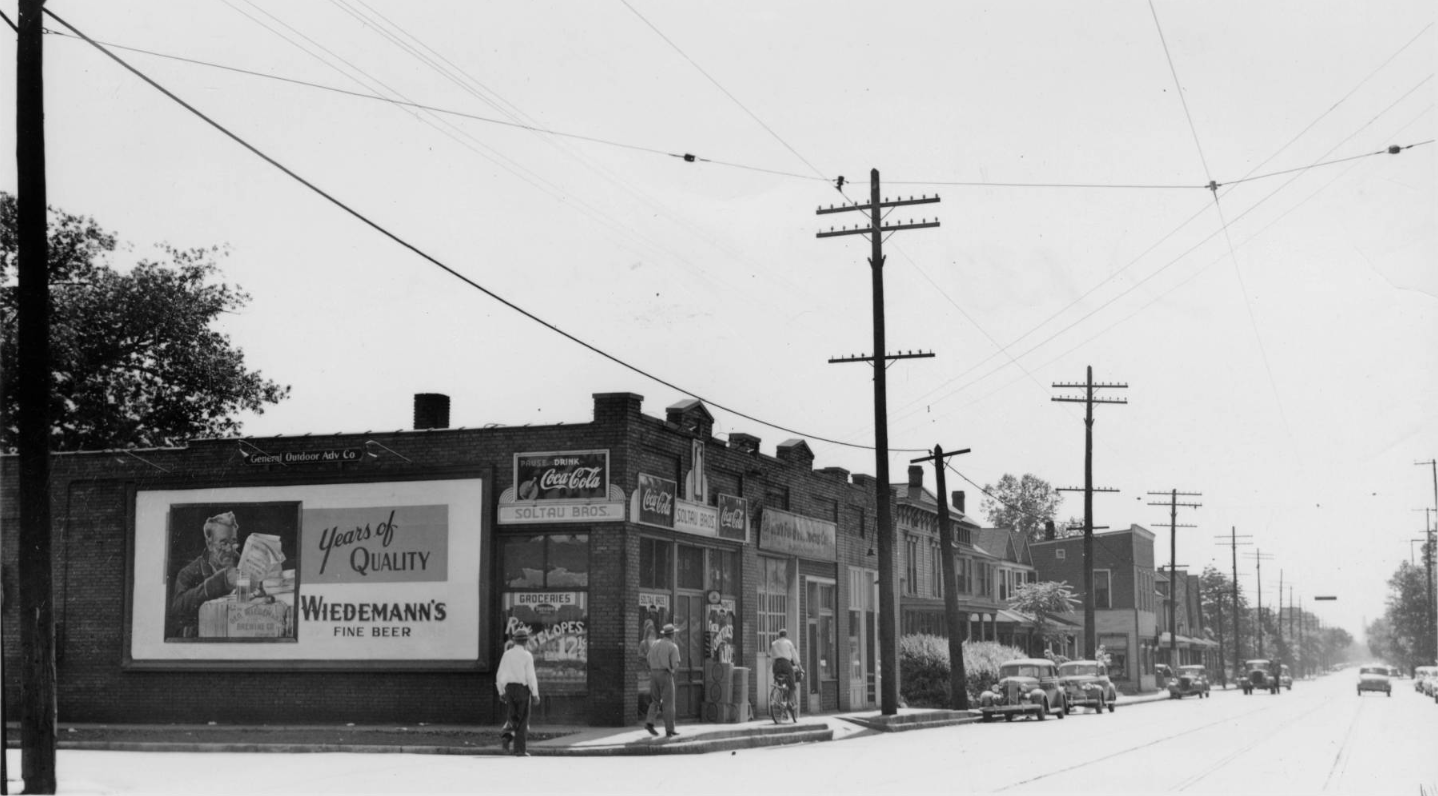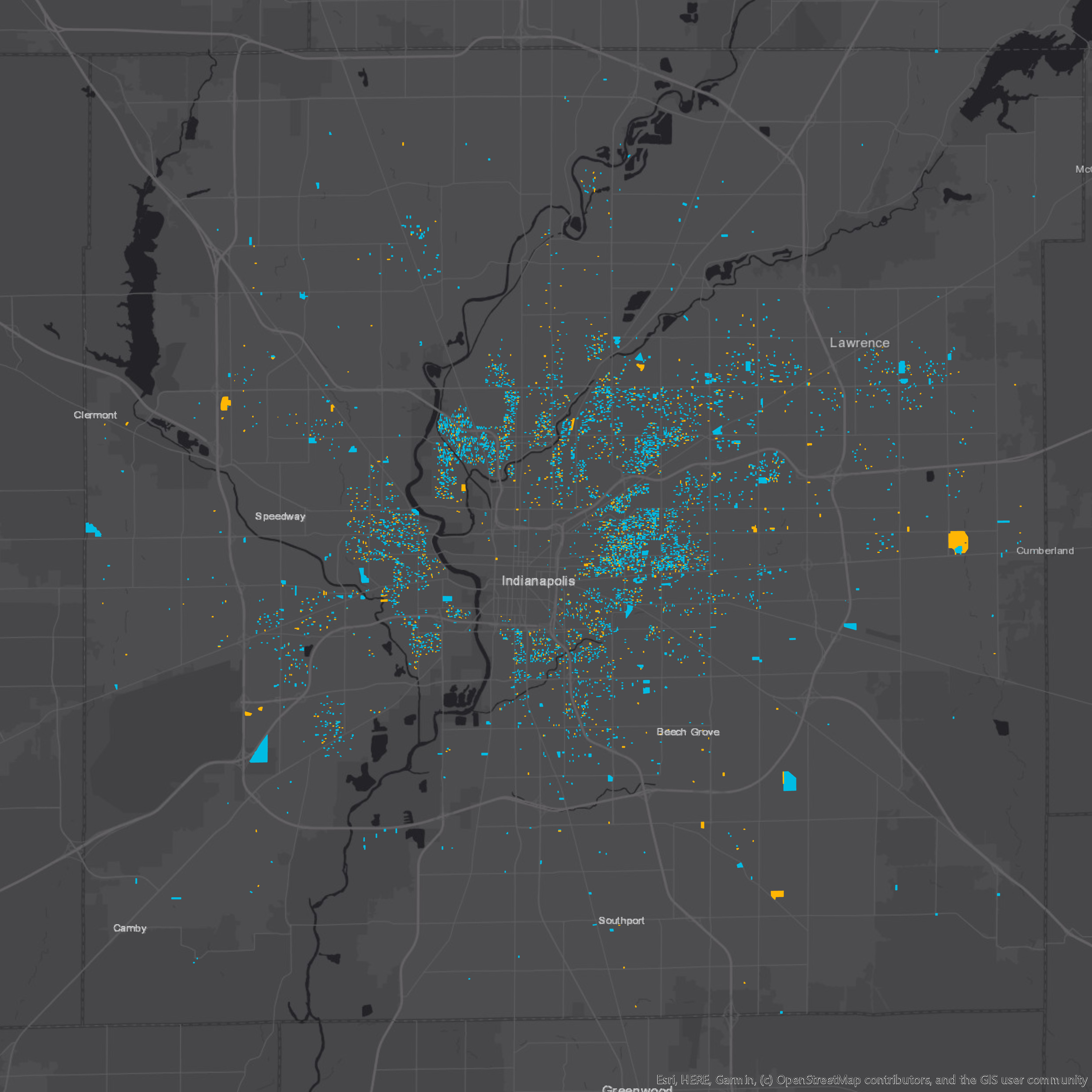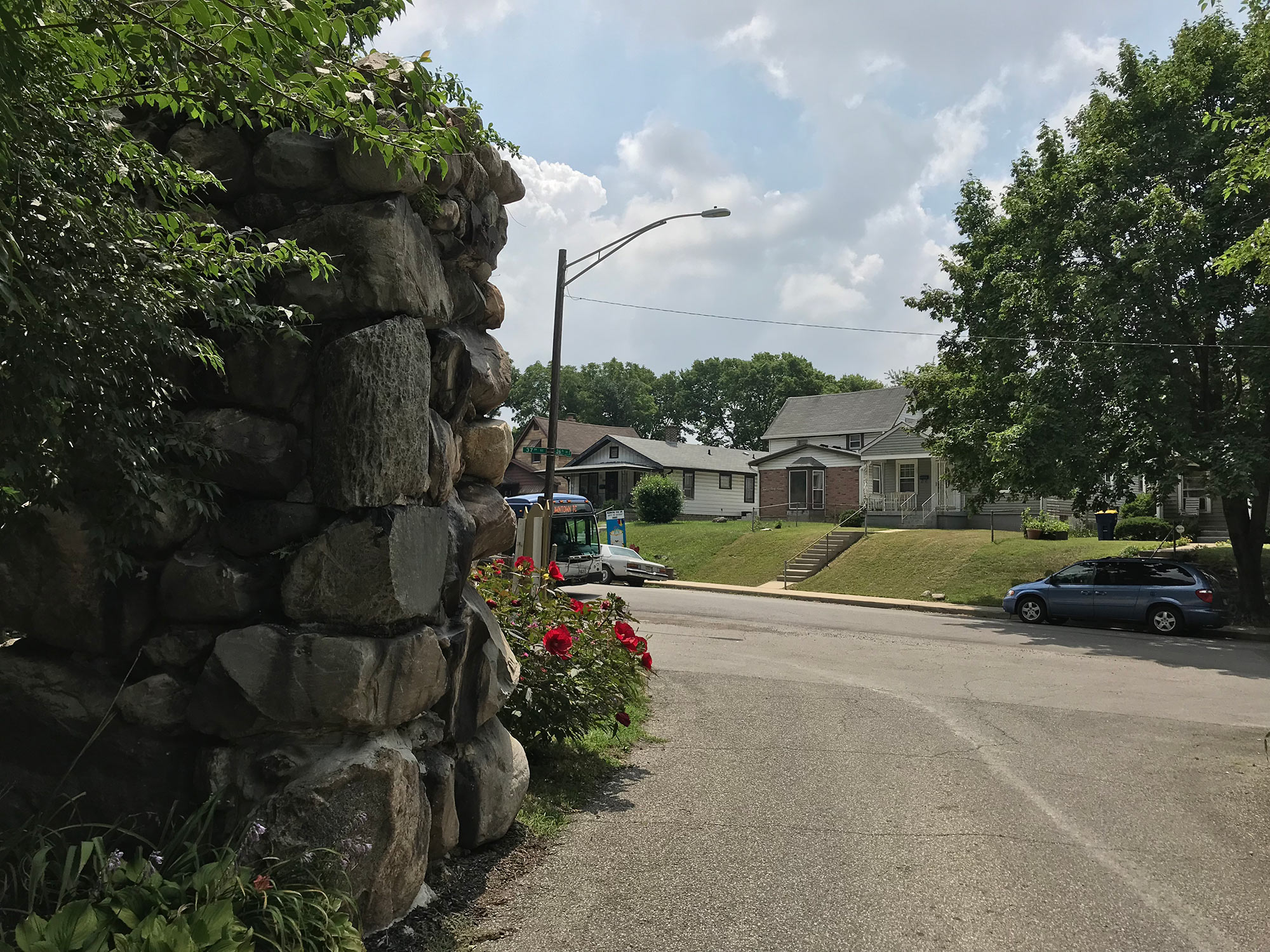“Are there SAVIs in other cities?” is a question that I get occasionally, and the answer is certainly yes. Many community and neighborhood organizations are part of a netowrk called the National Neighborhood Indicators Partnership (NNIP). NNIP is a collaboration of the Urban Institute and local partners in 35 cities to further the development and use of neighborhood-level information systems for community building and local decision-making. Not all partners have a robust community information system like SAVI, but they are all committed to the electronic dissemination of neighborhood-level information for improved decision-making.NNIP hosts meetings twice a year in rotating partner cities to strengthen the peer learning network and advance the agenda of the network. Earlier this month I attended the spring meeting that was held in St. Louis, Mo.
Here are some takeaways from NNIP in general and the St Louis meeting in particular.
The Unconference format is a great way to go
If you are planning a large meeting or small conference, consider the “Unconference” or “Camp” format. In this type of conference, attendees set the agenda by proposing session topics and then attendees are free to choose which sessions to attend and even come and go until they find the right session.
Lots of technology
NNIP partners use a myriad of technology solutions. The partners come from many different types of organizations such as universities (like us), governmental agencies, foundations, and standalone nonprofits. It’s a hotbed of activity for open-source software with many partners utilizing and sharing their successes during the gathering.
We learned about “Rebound Neighborhoods”
I’m always harping on people to put their data into context. One way of doing that is to make a time series chart and then compare to other neighborhoods. People in St. Louis crafted an index of commonly used socio-economic variables by decade from 1980-2010 and then identified those that have improved, or rebounded. Their next step is to identify some factors that might be leading to these rebounds.
Many cities are working on Integrated Data Systems (IDS)
An IDS takes data from many different administrative sources and combines them in a way to allow tracking of individuals and their outcomes. For example, children’s standardized test scores can be matched with their Medicaid status, allowing for research into social determinants of educational success.
Strategic Communications are important
Increasingly, NNIP partners are embracing social media and increasing efforts to work with journalists and attract publicity. Partner cities spend vast amounts of time on data acquisition and analysis, but we also need to be just as good and tireless at sharing that work with the largest audience possible.
Keep an eye out in October for another blog covering takeaways from the NNIP meeting in Denver.







